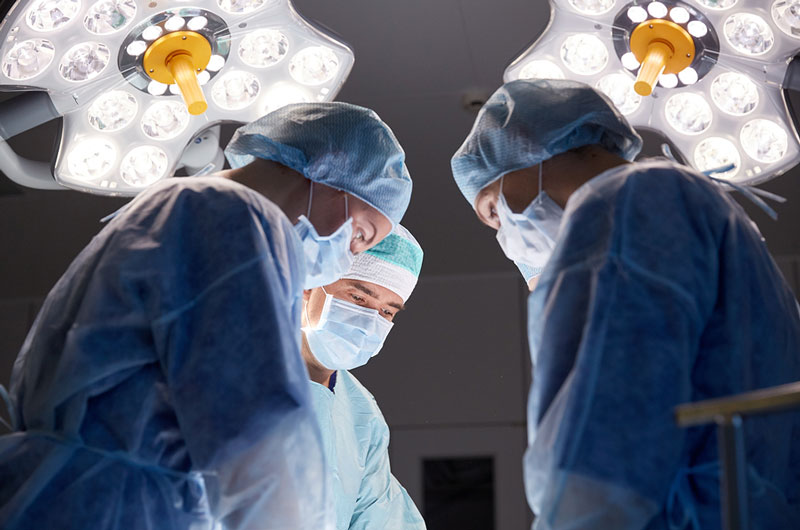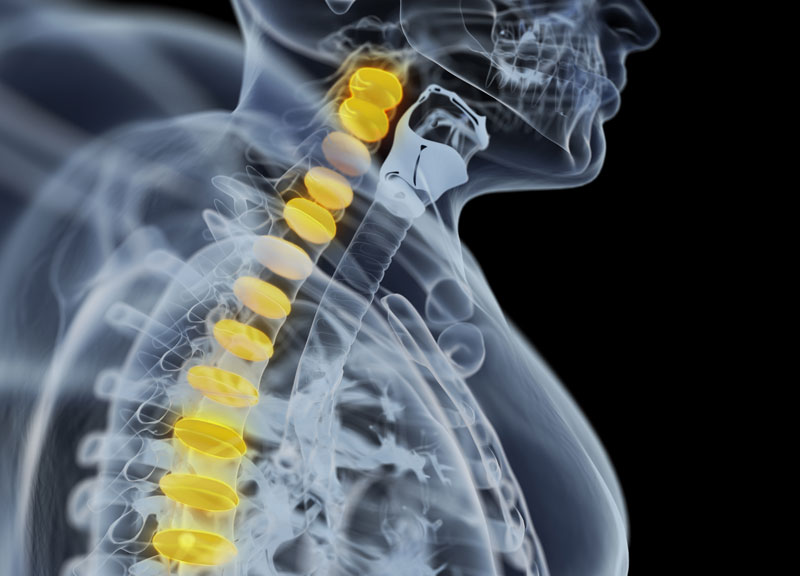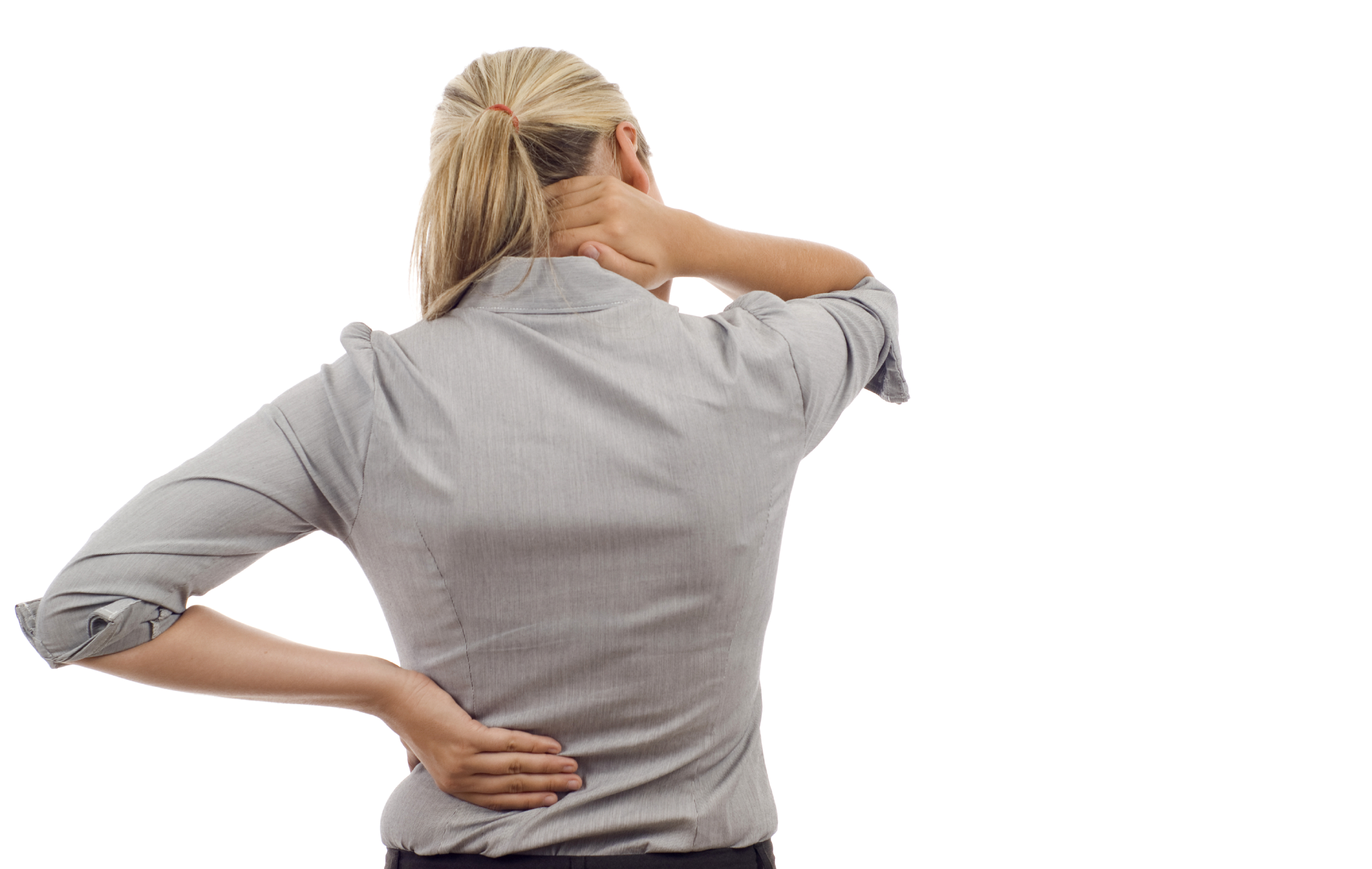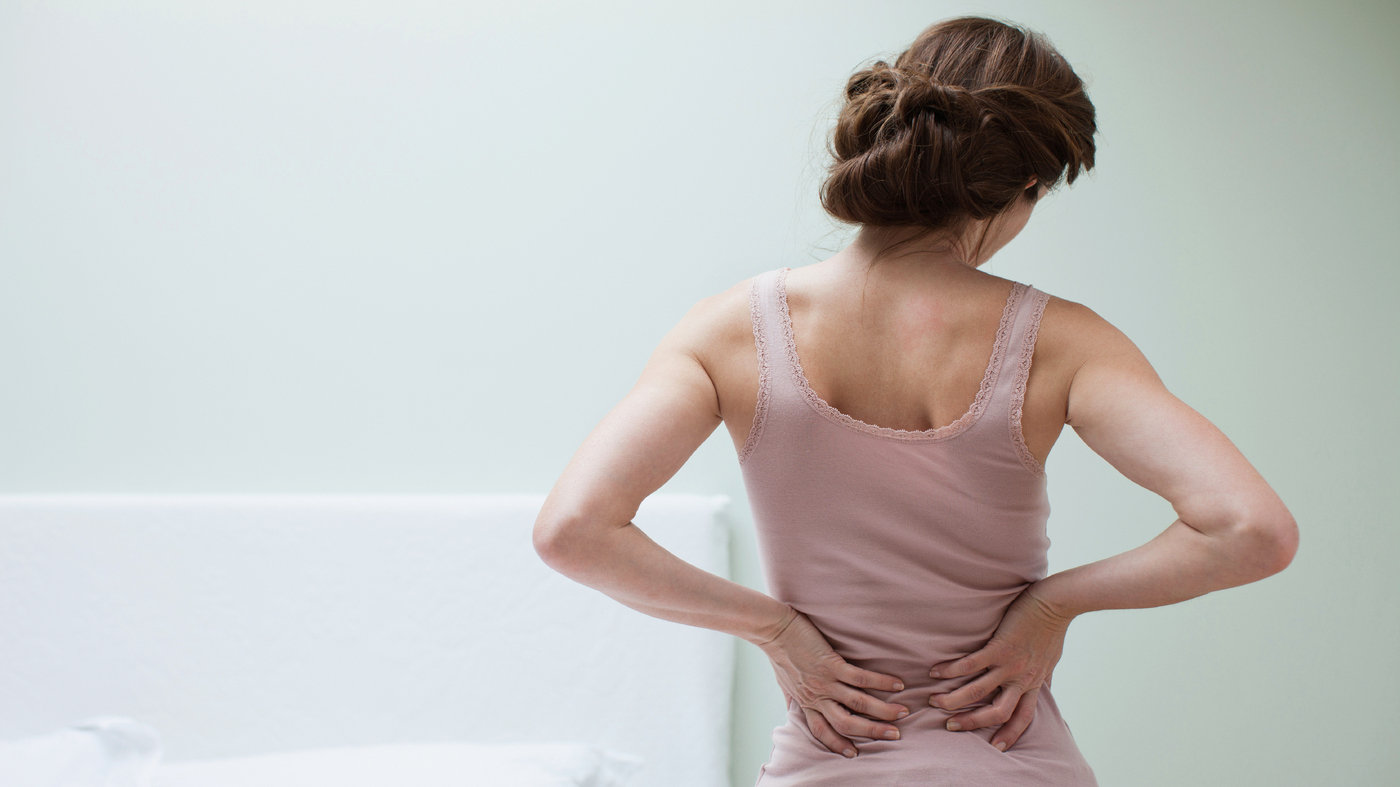Understanding Lower Back Pain
Low back pain is a common problem. Almost everyone has experienced it at some point or another in their lifetime. This pain starts right under the lumbar region (rib cage). Pain in this region can be very intense. It makes for one of the top causes of discomfort, depression, and missed work across the globe. Most of the time, this pain gets better on its own. When it doesn’t, patients can choose from a number of effective treatments.
Lower Back Pain – Symptoms
The symptoms range from a very dull ache to a pricking / stabbing or shooting sensation. Most patients find it very difficult to move or stand up straight when attacked by this pain. The pain starts suddenly, often after an injury resulting from sports or heavy lifting. The pain gets better with time. If it lasts for more than three months, it will be considered chronic. It is important to reach out to a doctor if pain does not get better within 72 hours.
Immediate Care
It is important that severe back pain resulting after a fall or injury is checked by an experienced health care professional. Here are some of the other warning signs that calls for immediate medical care:
- Bowel or bladder control loss
- Weakness in leg
- Fever
- Pain when coughing or urinating
Sciatica / Muscle Strain
Muscle strain is a type of pain that follows heavy lifting or exercising too hard. However, sometimes back pain can also be associated with a disc that bulges or ruptures. In case, a bulging or ruptured disc presses on the sciatic nerve, the patient will experience pain running from the buttock down one leg. This condition is medically referred to as sciatica.
Causes of Back Pain
There are certain back pain culprits that makes one suffer. These include the following:
Profession
Jobs involving lifting, pulling, or anything that demands twisting of the spine may lead to back pain. Most people do not realize that sitting at a desk all day has risks of its own. This is especially true in cases where the chair or seat is not comfortable or the person has a tendency to slouch.
Herniated Disc
The vertebrae of the spine are cushioned with gel-like discs. Unfortunately, these discs are vulnerable to wear and tear due to age or injuries. Weak disc tend to bulge or rupture to put pressure on the spinal nerve roots. The condition is also known as a herniated disc. It causes intense pain.
The Bag
Wearing backpack, purse, or briefcase over the shoulder forces the lower back supporting the upper body to take any additional weight carried. Hence, it is important to avoid carrying an overstuffed bag. This can strain the lower back. The tote fashion can also be considered detrimental for your health. Try switching to a wheeled briefcase.
Posture
You need to sit and stand up straight, always. Understand that your back supports weight best when you don’t slouch. Hence, you must sit with decent lumbar support for lower back and shoulders back. The feet should rest comfortably on a low stool. Keep your weight evenly balanced on both feet while standing.
Chronic Conditions
There are a number of chronic conditions that may lead to low back pain.
Fibromyalgia – This results in widespread muscle aches, including back pain.
Spinal Stenosis – A condition that results in narrowing of the space around the spinal cord. This tends to add pressure on the spinal nerves.
Spondylitis – The condition is chronic back pain and stiffness resulting from severe inflammation of the spinal joints.
Risk Factors
Back pain is most common among people in their 30s. Also the odds of additional attacks may also increase with age. Some other reasons low back may hurt include:
- Obesity
- Overweight
- Inactive / Sedentary lifestyle
- Jobs demanding heavy lifting
Treatment Options for Lower Back Pain
Back pain if caused by muscle strain will usually go on its own. The discomfort and level of pain will get better on its own. However, there are some steps you may follow in order to feel better and more comfortable. Try using a heating pad or warm baths. These procedures will provide you with temporary pain relief. Here are some of the other things you can try out:
Bed Rest
Most people find it difficult to get out of bed when back hurts. However, muscle strain needs some physical activity or other. Doctors usually recommend their patients return to their normal activities as soon as possible. According to studies and researches, bed rest for more than 24-48 hours can actually make the pain worse. It may also reduce natural muscle tone and flexibility worsening the pain.
Yoga
There are evidences suggesting yoga helps. Regular yoga classes will help with fewer symptoms of low back pain. Additionally, the may last for several months after the classes are finished. Conventional stretching and yoga postures work.
Spinal Manipulation
This therapy is conducted by experienced chiropractors and some osteopathic doctors. Spinal manipulation may treat low back pain via applying pressure with their hands to the bones and adjacent tissues. However, the treatment is not considered appropriate for everyone.
Massage Therapy
Massage (light and hard) may provide patients with temporary relief from chronic low back pain. This should be combined with exercises and stretching sessions. The treatment procedure facilitates moving around and results in reduced short term and long term pain.
Acupuncture
There are mixed evidences that acupuncture can treat back pain. A study suggested surprising results of the treatment of patients with chronic back pain. Other studies did not show any significant results.
Medications
Prescription medications help mild back pain feel better. These are usually over-the-counter pain relievers. Some of the common ones prescribed include ibuprofen, acetaminophen, or naproxen. Patients may also be advised to use pain-relieving creams helpful for muscle aches. Prescription medications are recommended for severe pain or chronic pain.
Injections
The doctor may consider injecting steroid medication in case other simpler therapies and medications fail to produce results. One of the common procedures is referred to as a nerve root block. It directly targets irritated nerves to provide relief.
Surgery
In case, the back pain is getting worse day after day and interfering with your daily life, the doctors will suggest surgery. The doctor will assess how other treatments have fared. When nothing works, surgery becomes the only option available. After determining the cause of your pain, a surgeon may do the following:
- Remove a herniated disc
- Widen the space around the spinal cord
- Fuse two spinal vertebrae together
Physical Therapy
This is recommended for patients who were inactive due to back pain for a long time. A properly planned rehabilitation program will help the patients strengthen back muscles. These can also help you get back to your daily activities. Consulting a physical therapist will guide you through stretches, various strength exercises, and low-impact cardio. Additionally, these exercises will help you be fitter sans straining your back.
Back Strengthening Exercises
Two main types of strength-training moves (flexion and extension) are recommended by doctors. These are known to offer benefits to the lower back. Flexion exercises require you to bend forward to stretch the muscles of the back and hips. On the other hand, extension exercises require you to bend backward so as to develop the muscles supporting the spine. Leg lifts performed while lying on stomach is the perfect example. The exercises are prescribed after determining and assessing the actual cause of your back pain. Since there are some exercises that you should not do, it is crucial to be careful. Also, it is advisable to consult your doctor about the exercises that are safe for you.
Prevention
Back pain becomes a part of most people’s life as they age. Sadly, there’s no sure way to prevent the pain and discomfort. However, you may follow the steps mentioned below to reduce the risk:
- Regular exercises
- Being physically active
- Maintain healthy body weight
- Focus on lifting with your legs, not your back
- Make sure the workstation position does not strain your back or contribute to your pain




